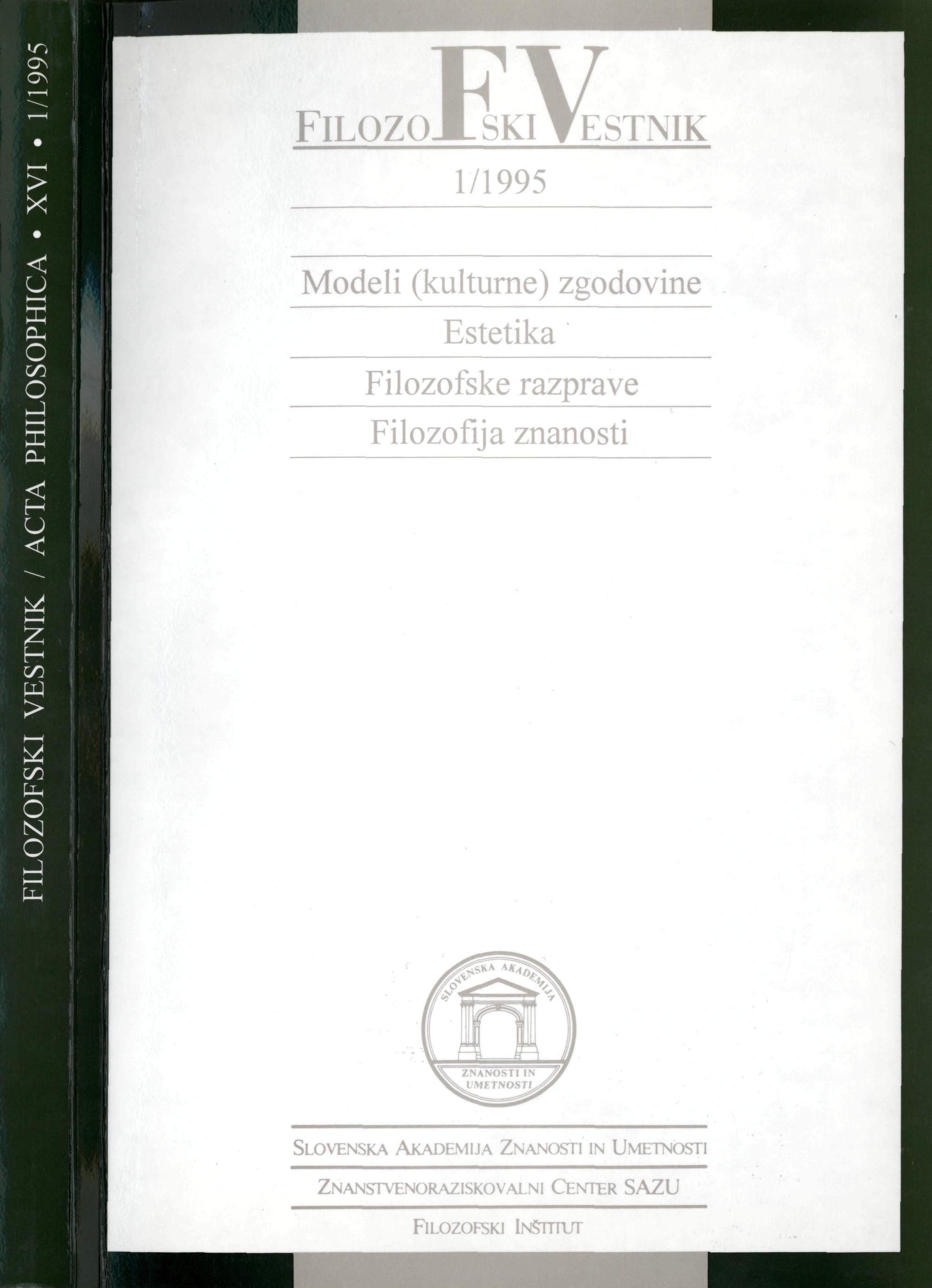»Che cosa e l'arte?«
Povzetek
Da bi naredil estetiko filozofsko relevantno in hkrati neodvisno, tako kot njen predmet, je Croce moral zavrniti pozitivizem, ki estetiko potiska v objem znanosti, in metafiziko, ki jo lahko zvede na abstraktno filozofsko totaliteto. Obe zavračanji skupaj sta onemogočili deskriptivnost in normativnost. Z avantgardno umetnostjo in kasnejšo estetizacijo življenja so nastopile nove zgodovinske okoliščine. Estetika ni odgovorila nanje, ker se je zapletla v stare probleme in ker ni uspela ovrednotiti novih pojavov tako, da bi jih spravila v zvezo s filozofijo in metafizičnim poslanstvom. Na drugi strani so nastale estetske teorije, ki so našle stik z umetnostjo dvajsetega stoletja, vendar so zavestno nesistematične in fragmentarne. Zakaj te estetske teorije niso uspele najti rešitve iz razdvojenosti med pozitivizmom in metafiziko? Razlog je v razočaranju in izgubi iluzij o človeštvu in človečnosti, kije simbolno povezano z izkušnjo svetovnih vojn, filozofsko pa z obsodbo vsega sistematičnega mišljenja kot ideološkega in totalitarnega. Nepomembnost umetnosti izhaja iz teh izgubljenih iluzij o napredka sposobnem človeštvu, ne pa iz estetizacije ali antiumetnosti, ki sta le neuspela poskusa, da bi se umetnost sama tej izgubi iluzij postavila po robu.Prenosi
Podatki o prenosih še niso na voljo.
Prenosi
Objavljeno
2016-01-23
Kako citirati
Kreft, L. (2016). »Che cosa e l’arte?«. Filozofski Vestnik, 16(1). Pridobljeno od https://ojs.zrc-sazu.si/filozofski-vestnik/article/view/3907
Številka
Rubrike
Estetika
Licenca
Avtorji jamčijo, da je delo njihova avtorska stvaritev, da v njem niso kršene avtorske pravice tretjih oseb ali kake druge pravice. V primeru zahtevkov tretjih oseb se avtorji zavezujejo, da bodo varovali interese založnika ter da bodo povrnili morebitno škodo.
Podrobneje v rubriki: Prispevki





